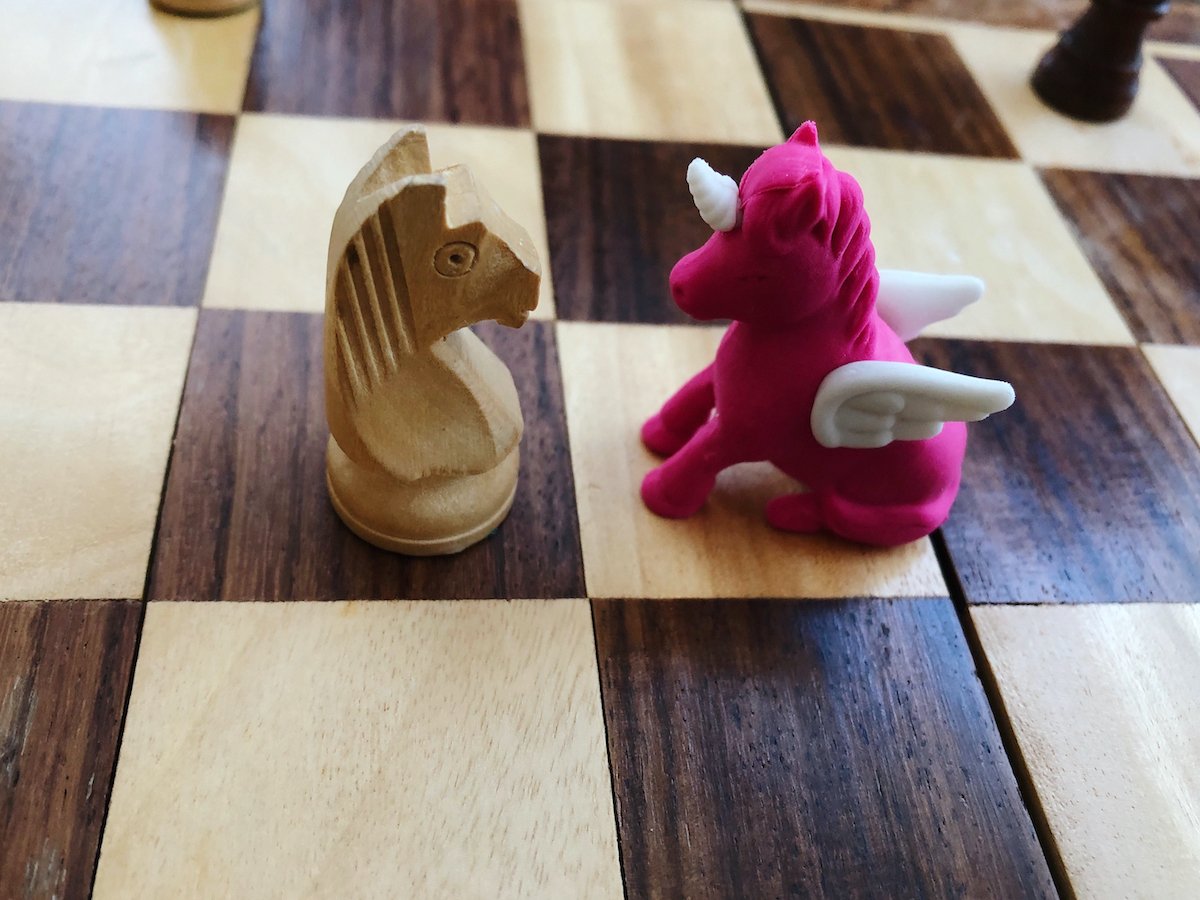
What does ‘freemium’ mean?
Freemium is a business model in which a company offers a basic version of its product or service for free, but charges for access to more advanced features or additional services. The word freemium is a portmanteau of free and premium. Read on to find out more:

What are vanity metrics?
Vanity metrics are data points or metrics that are often used to make a company or organisation look good, but do not provide meaningful insights or contribute to the business's bottom line. These metrics may create a sense of false success, as they may suggest progress or growth, but do not necessarily indicate that the business is achieving its core objectives or meeting its customers' needs. Here’s how we use them:

What is marginal gains theory?
The Marginal Gains Theory, also known as the Aggregation of Marginal Gains, is a concept that originated in the world of sports performance but has since been applied to various domains, including business and personal development. It emphasises the idea that making small improvements across multiple areas can lead to significant overall enhancements in performance or outcomes. Read on to find out it applies to building an organisation up:

What is a scale-up business?
A scale-up business is a company that has moved beyond the start-up phase and has demonstrated the potential for rapid and sustained growth. Scale-up businesses are typically characterised by their ability to increase revenue and expand their operations at an exponential rate, often using innovative technologies or business models to drive growth. Read on to find out more.

What is a leap of faith assumption?
A leap of faith assumption is an assumption or hypothesis made by an entrepreneur or business leader that has yet to be proven through empirical evidence or data. It is a critical assumption or core belief about a new product, service, or business model that forms the basis for the company's strategy and direction. This how we understand it:

What is quiet hiring?
Quiet hiring is a recruitment method in which companies fill open positions without publicising the job listing or making a formal announcement. Instead, they reach out to passive job seekers or members of their professional network who might be a good fit for the role. The goal of quiet hiring is to fill positions with top talent quickly and discreetly, without attracting a large volume of applications from unqualified candidates. This is the impact on start-ups:

How to avoid becoming a ‘graveyard brand’
In today's ever-evolving business landscape, the fate of many brands lies in a precarious balance. Some brands thrive and flourish, while others wither away into obscurity, becoming what we call "graveyard brands." These are brands that have failed to adapt to changing consumer preferences, technological advancements, or market dynamics.
To avoid becoming a graveyard brand, companies must adopt a proactive approach to brand design and growth marketing.

What is the Genchi Genbutsu principle and how do we use it to design your brand?
Whenever we’re designing a brand or running a rebranding project, a profound Japanese philosophy guides our approach: Genchi Genbutsu – which translates as "go and see for yourself" or "go to the source,".
This principle is the cornerstone of how we reshape and redefine brands. Originally pioneered by Toyota as their production system, Genchi Genbutsu transcends industries, offering a transformative methodology that goes beyond the surface to unearth the essence of your brand by seeing and experiencing the culture of your organisation. We find the best way to communicate it, is to first experience it!

How to deal with ‘low-ballers’
Dealing with clients who’re "low ballers" requires a well-crafted strategy that balances the need to secure fair compensation with maintaining professional integrity and fostering healthy client relationships. This is how we find it works best:

Brand Designers vs Graphic Designers: what’s the difference?
We often get asked what the difference is between a graphic designer and a brand designer, so we decided to answer it on our website.
Whilst they might sound very similar, they are actually hugely different in function:

How to design a logo for an expedition
Discover the secrets to designing an impactful logo for your expedition!
From understanding your mission to selecting the perfect typography and colours, this guide provides step-by-step instructions.
Build a strong brand identity that captivates investors and attracts sponsors. Unleash your expedition's potential with a memorable logo that embodies your values and excites your audience. Don't miss out on this essential resource!

How to brand an ocean rowing team
Embarking on the Talisker Whiskey Atlantic challenge but feeling lost about where to begin? Don't worry, we've got you covered!
Before you start chasing investors or shopping for gear, focus on one crucial aspect: your team's branding. Discover why a strong brand identity is essential for ocean rowing teams and follow our step-by-step guide to designing a captivating brand that attracts investors and sponsors and sets you apart from the competition.
